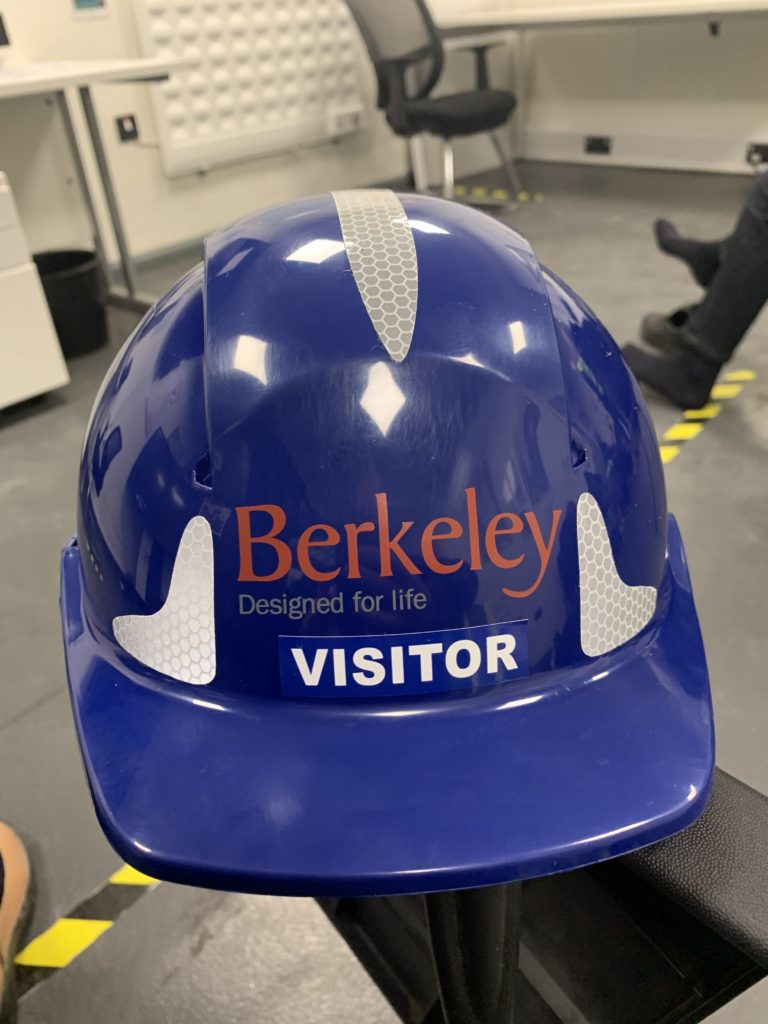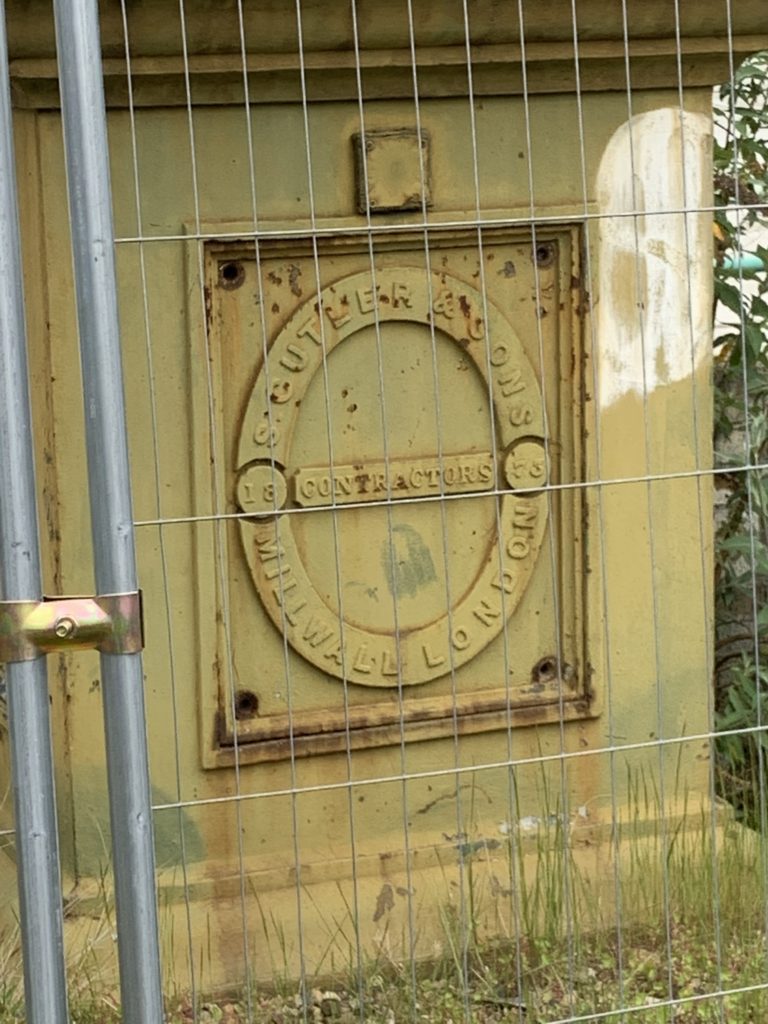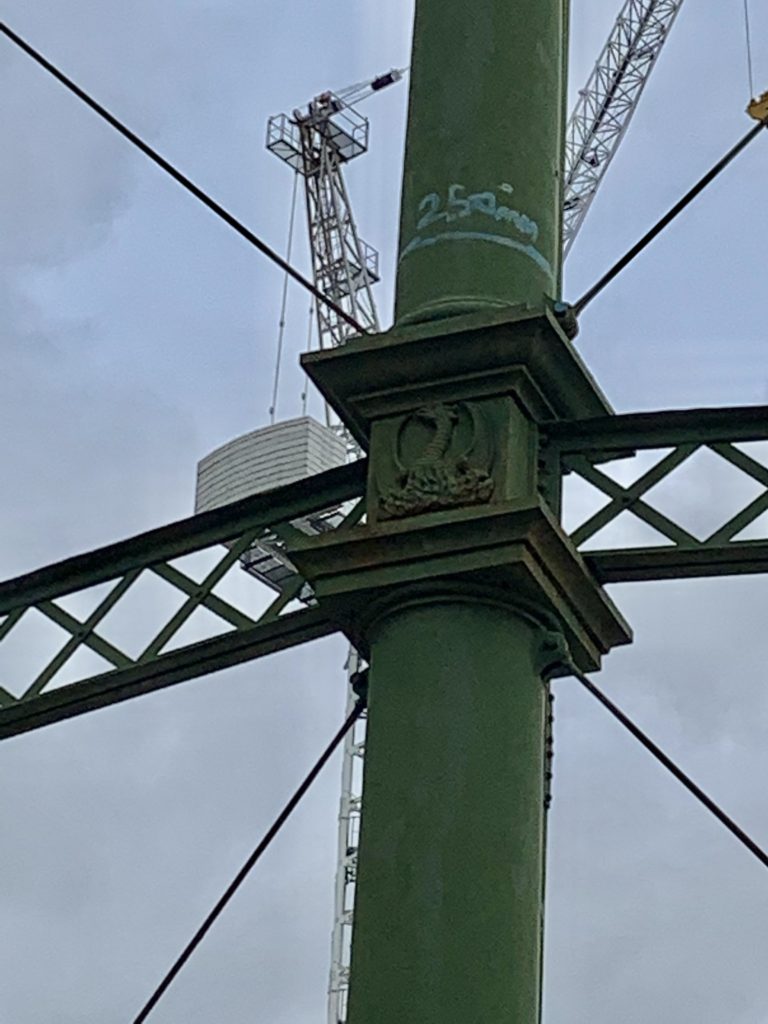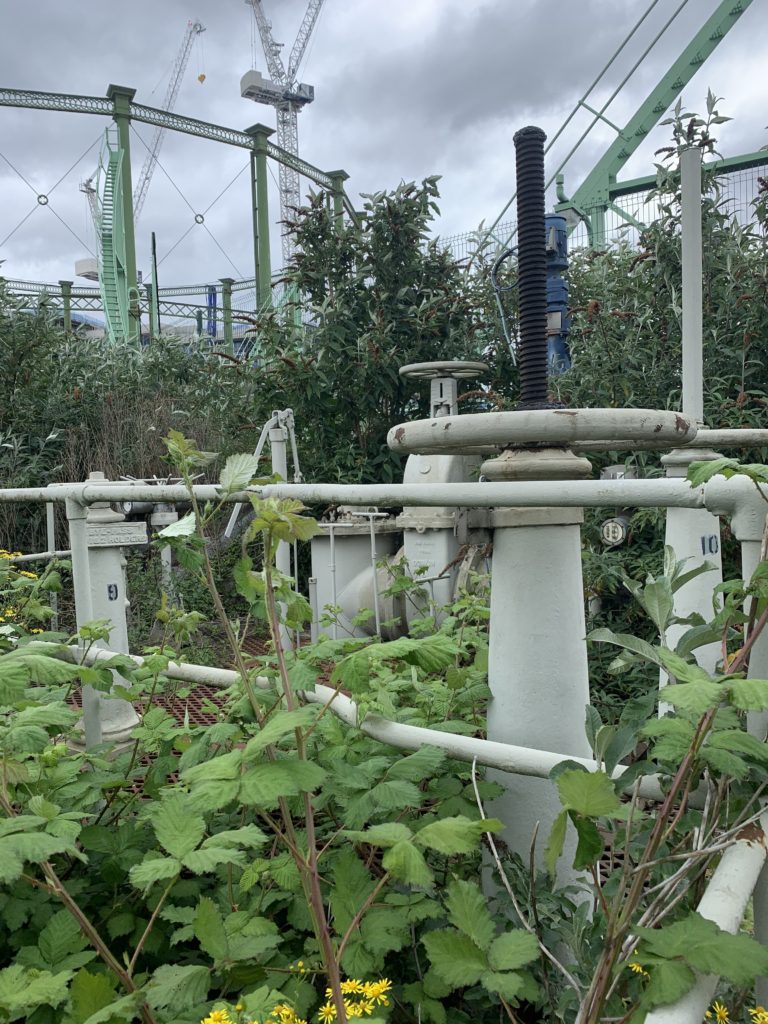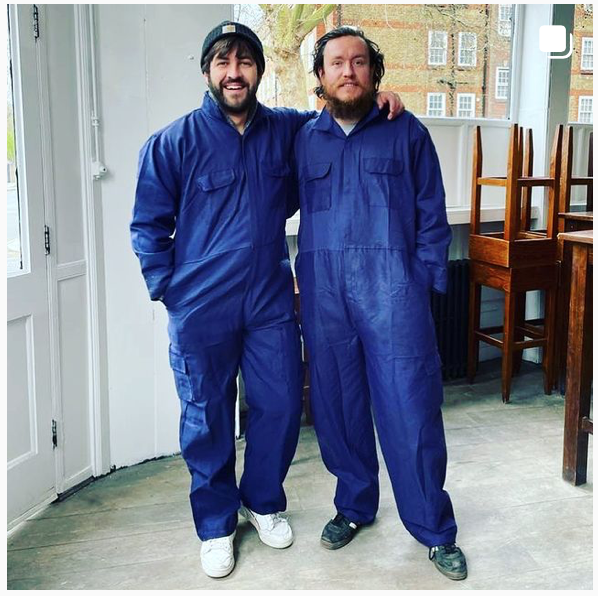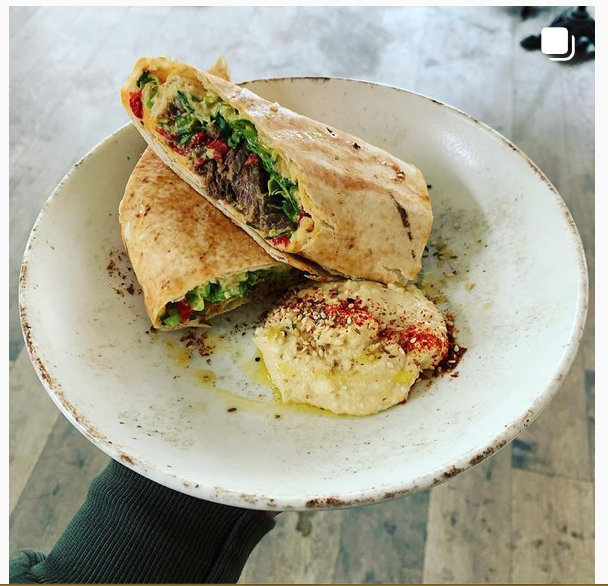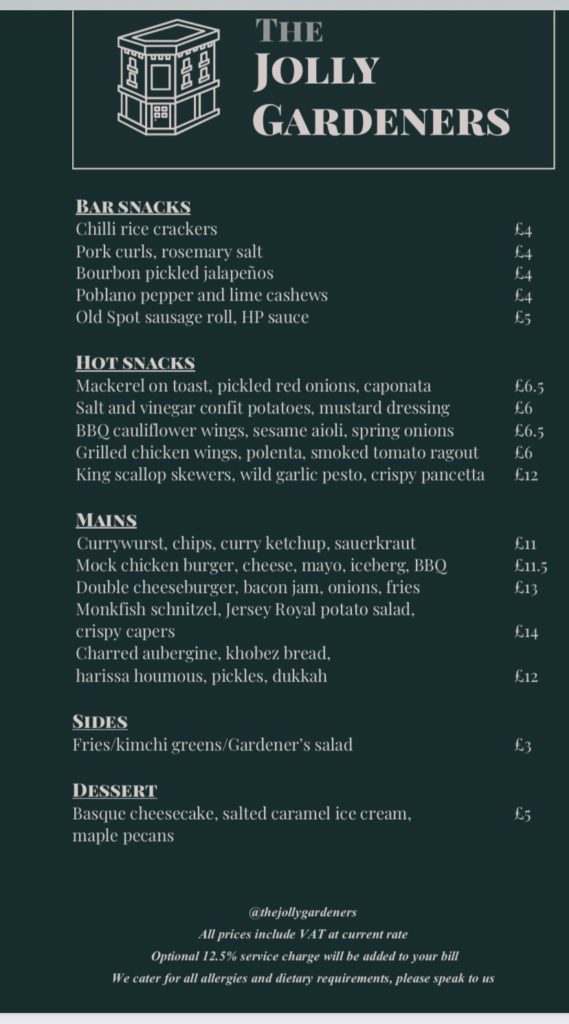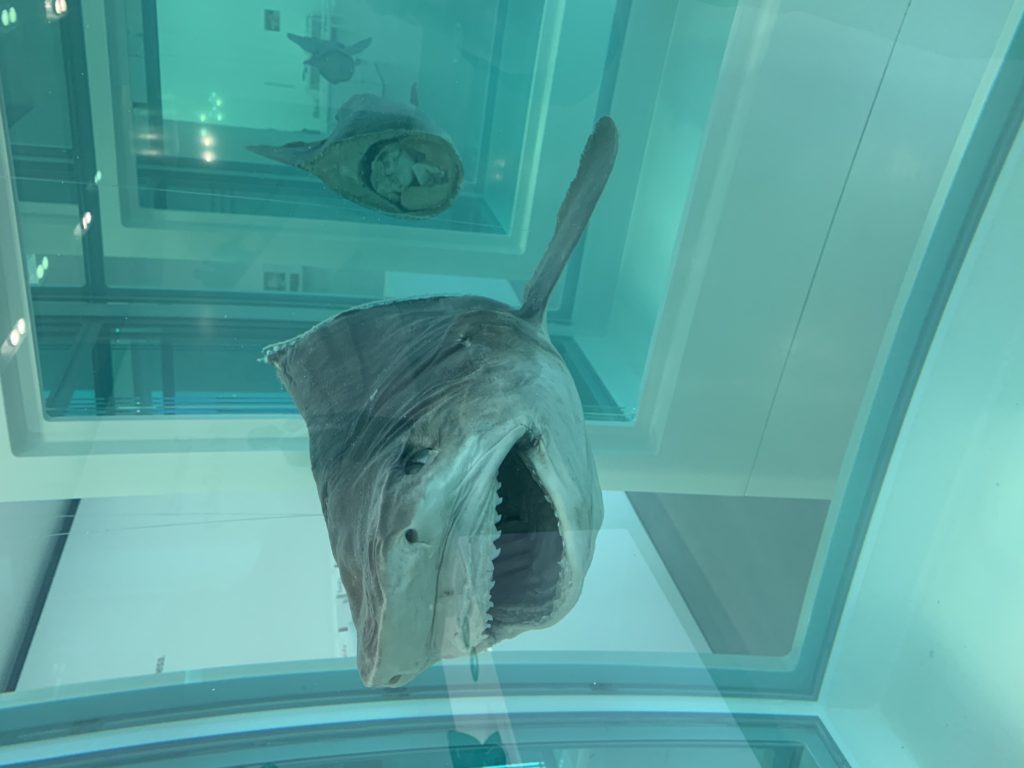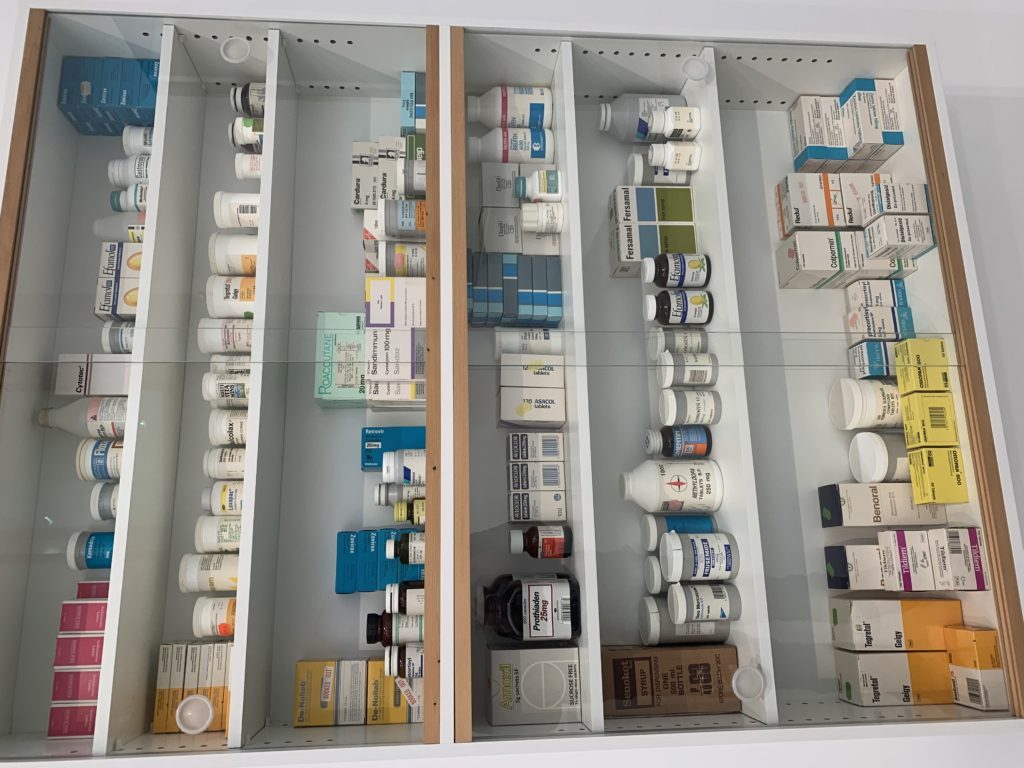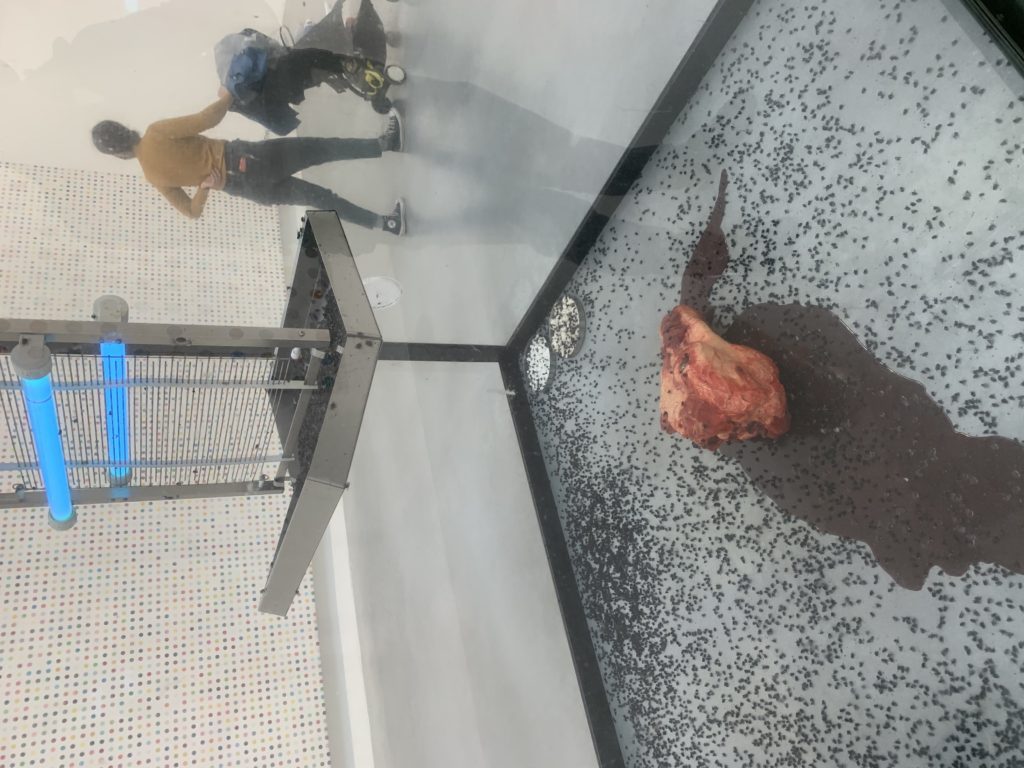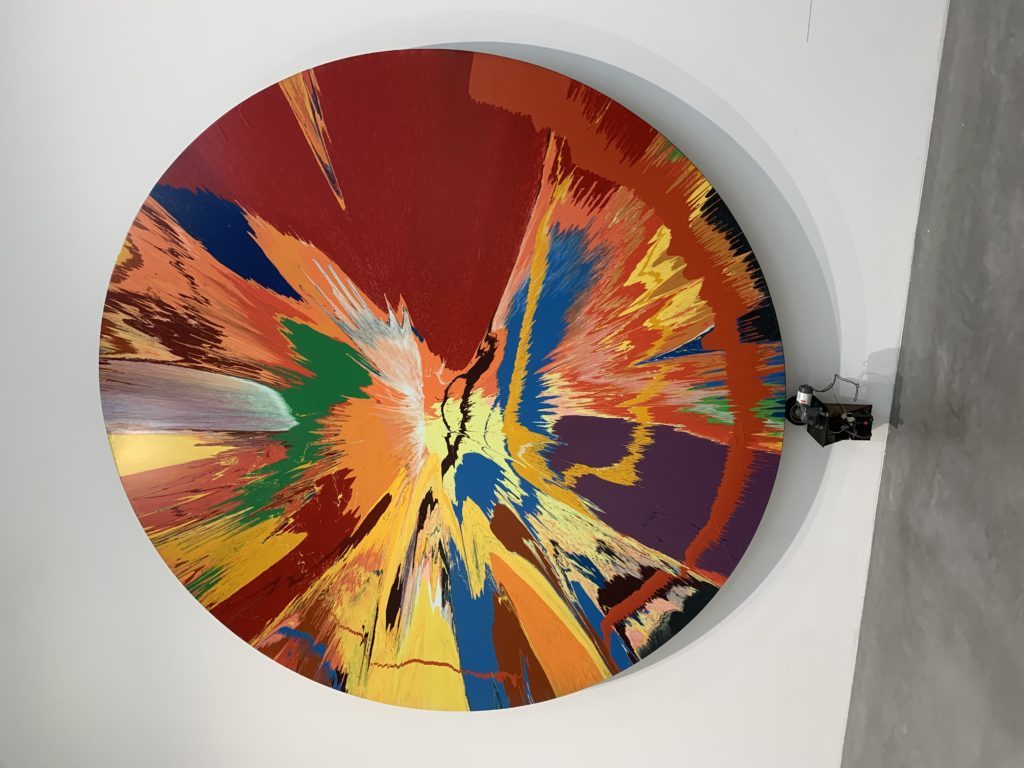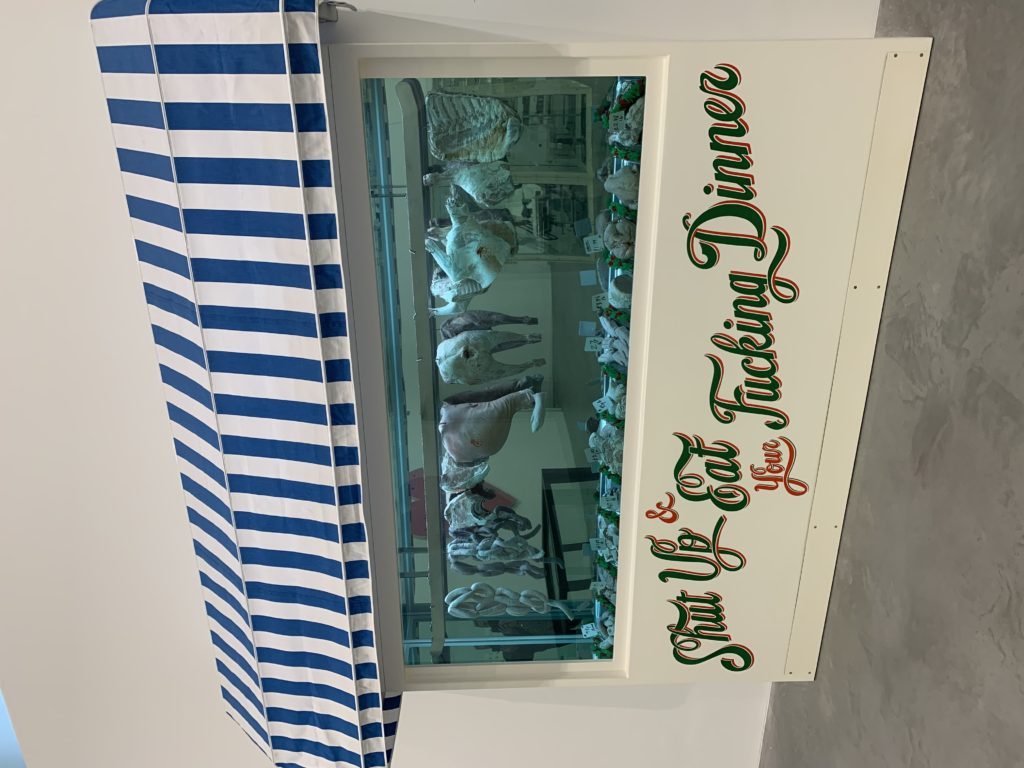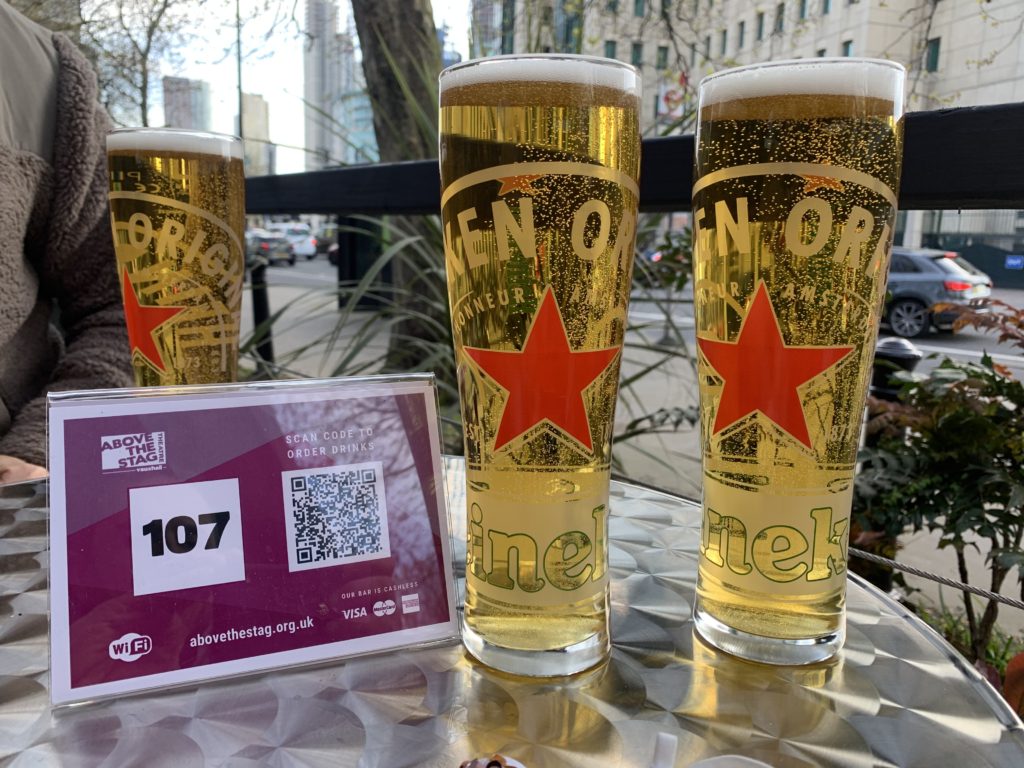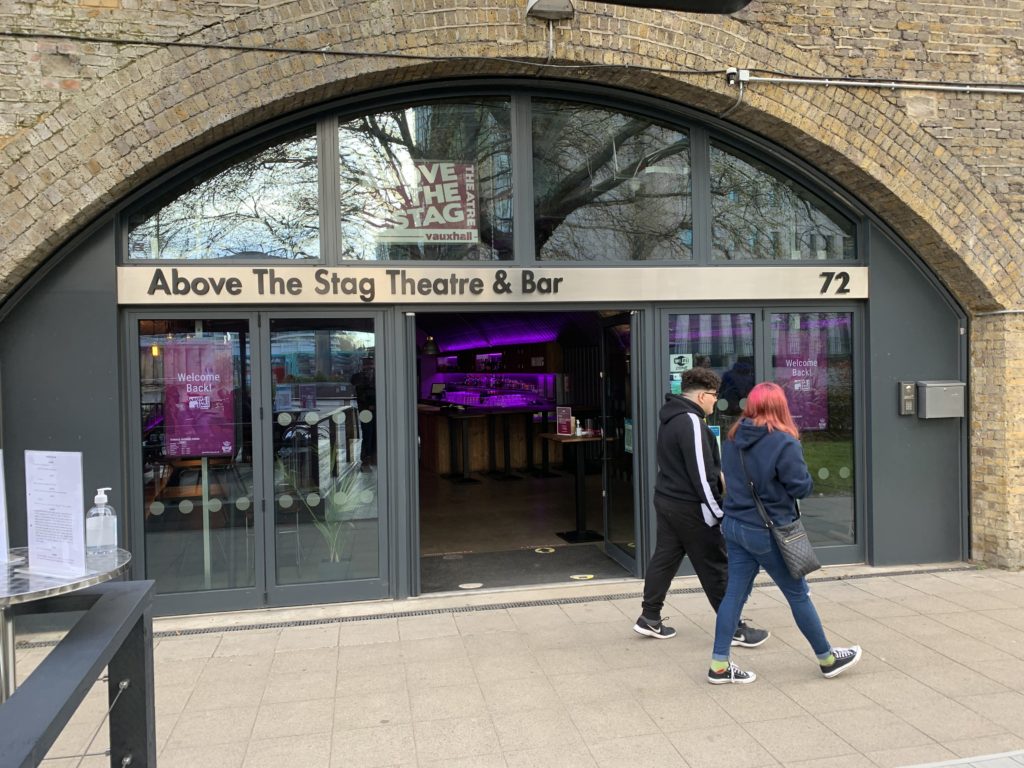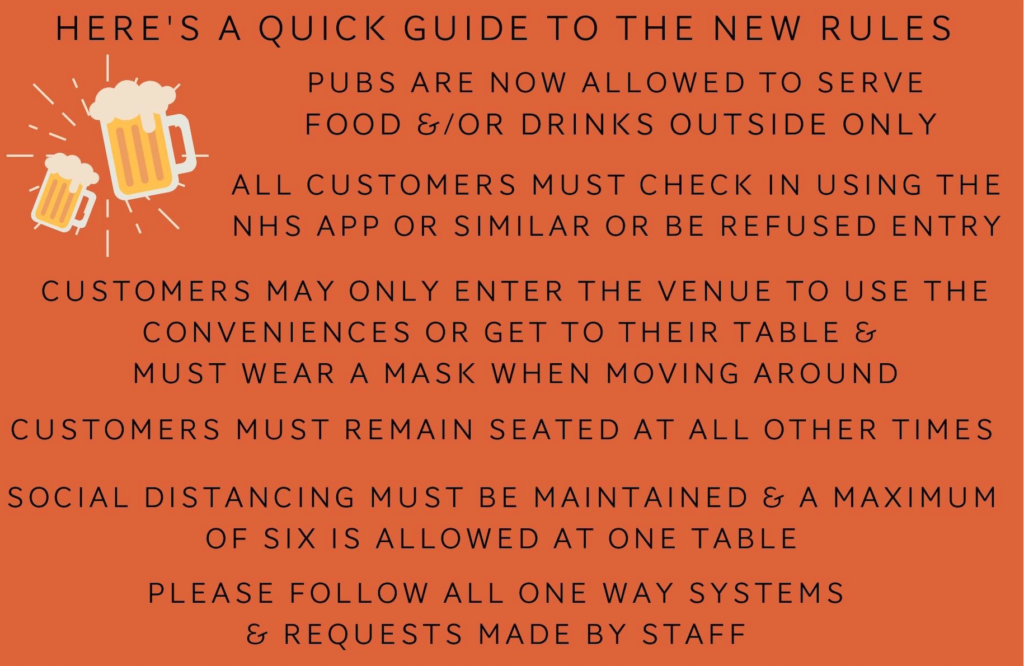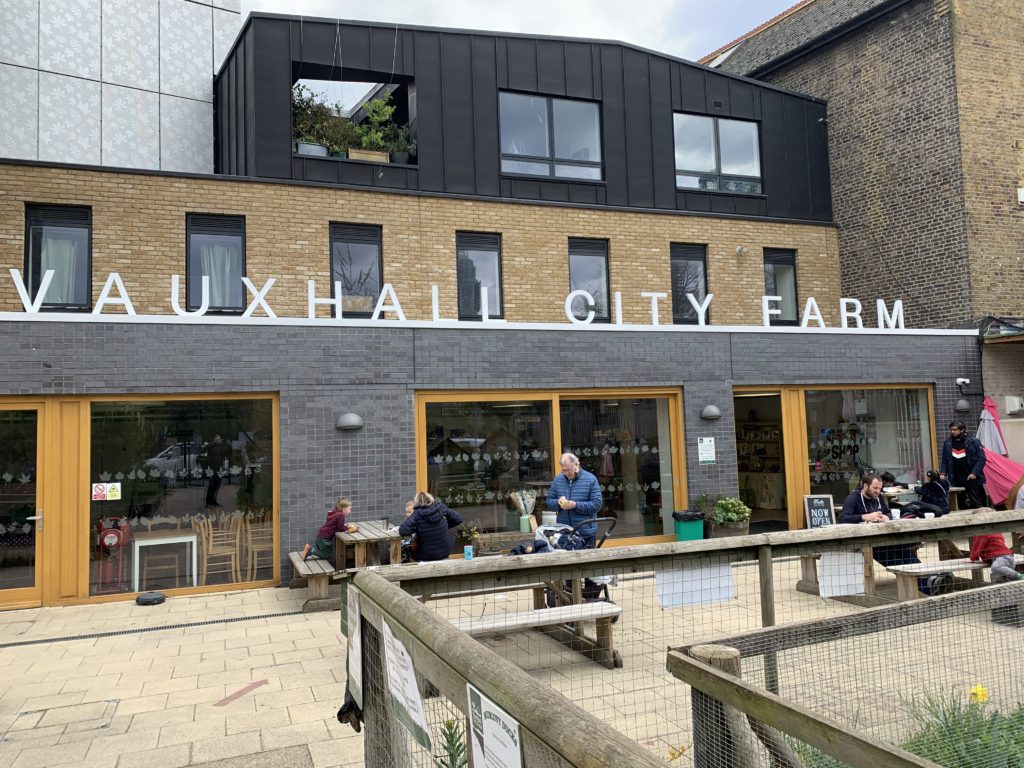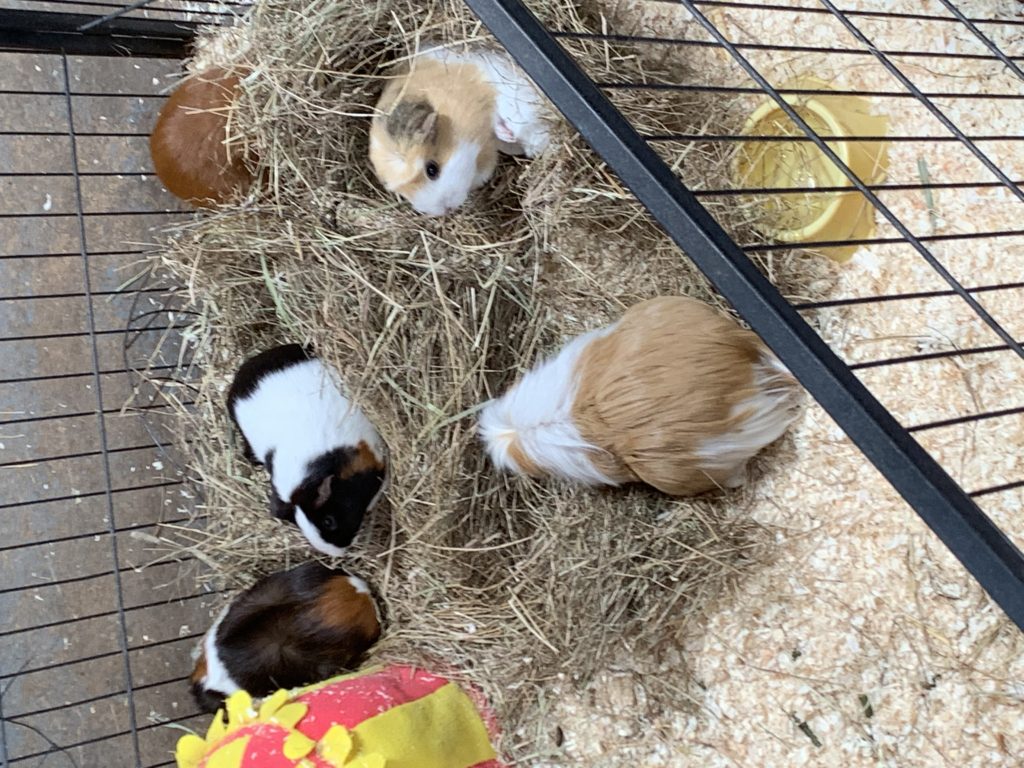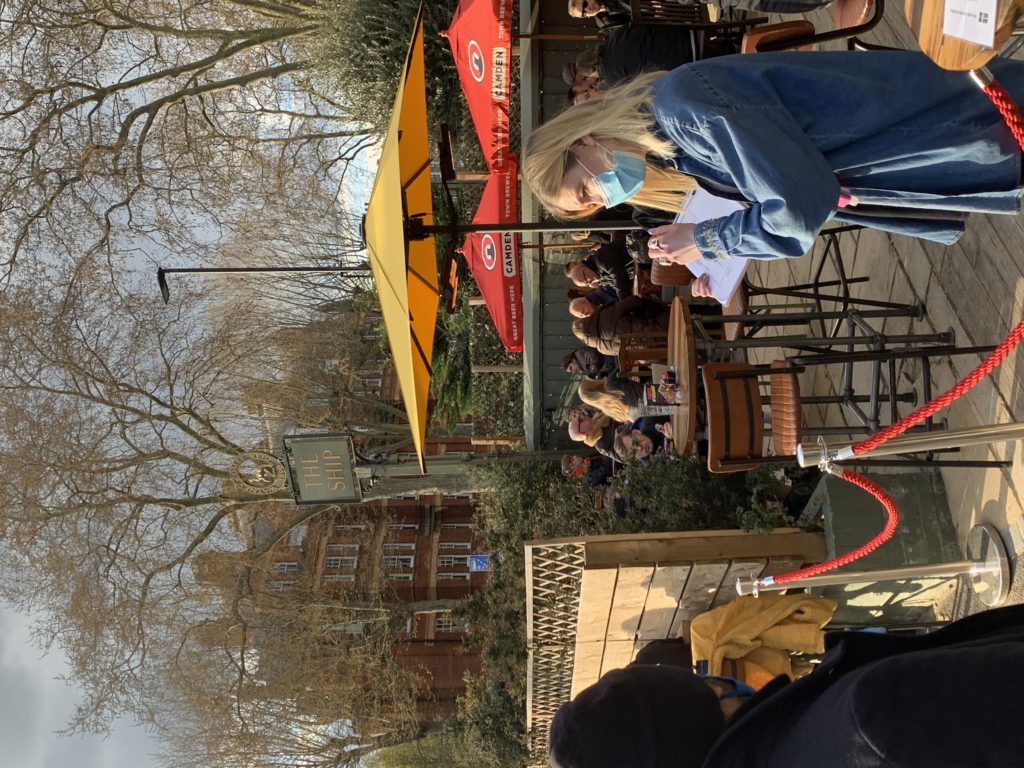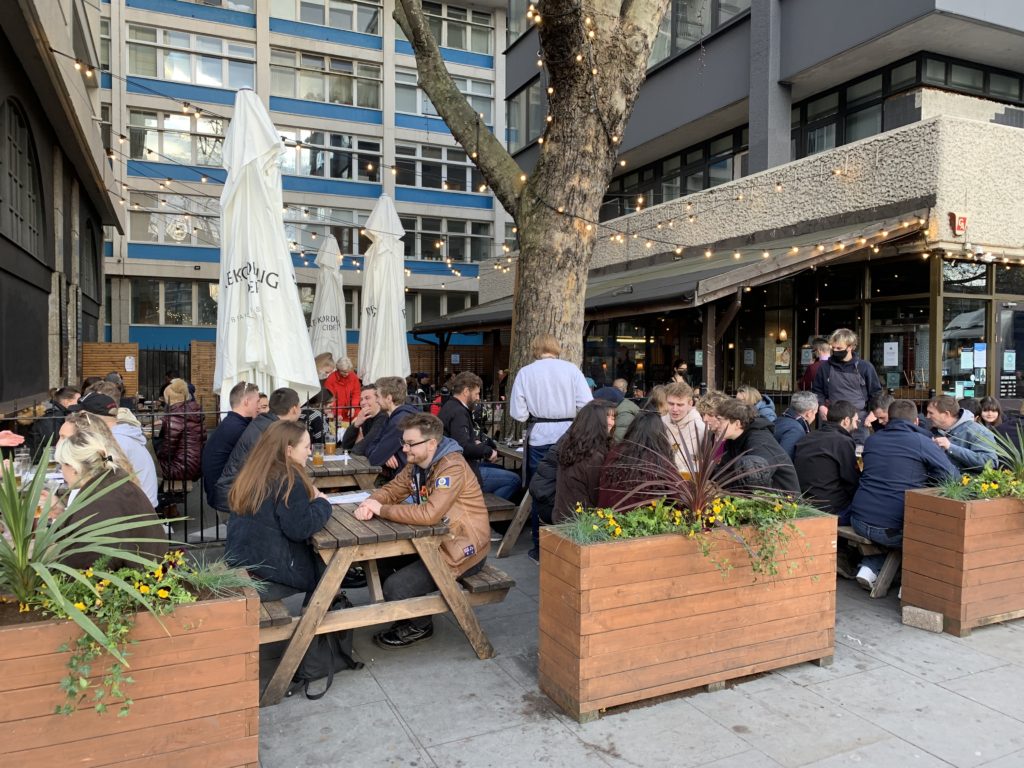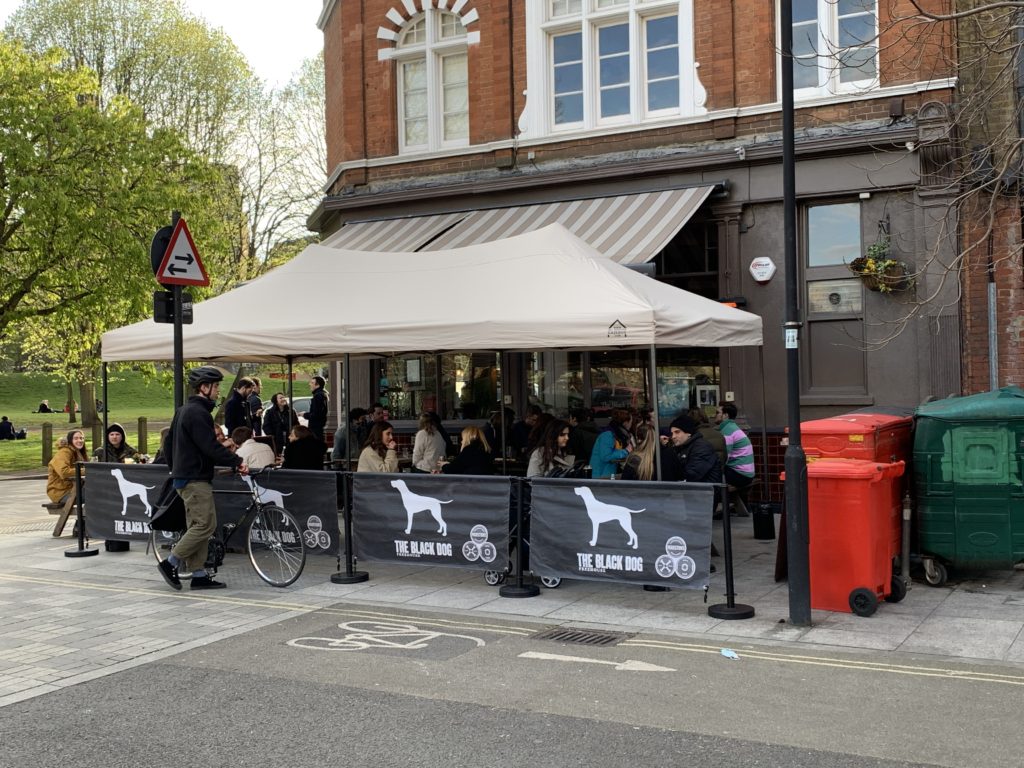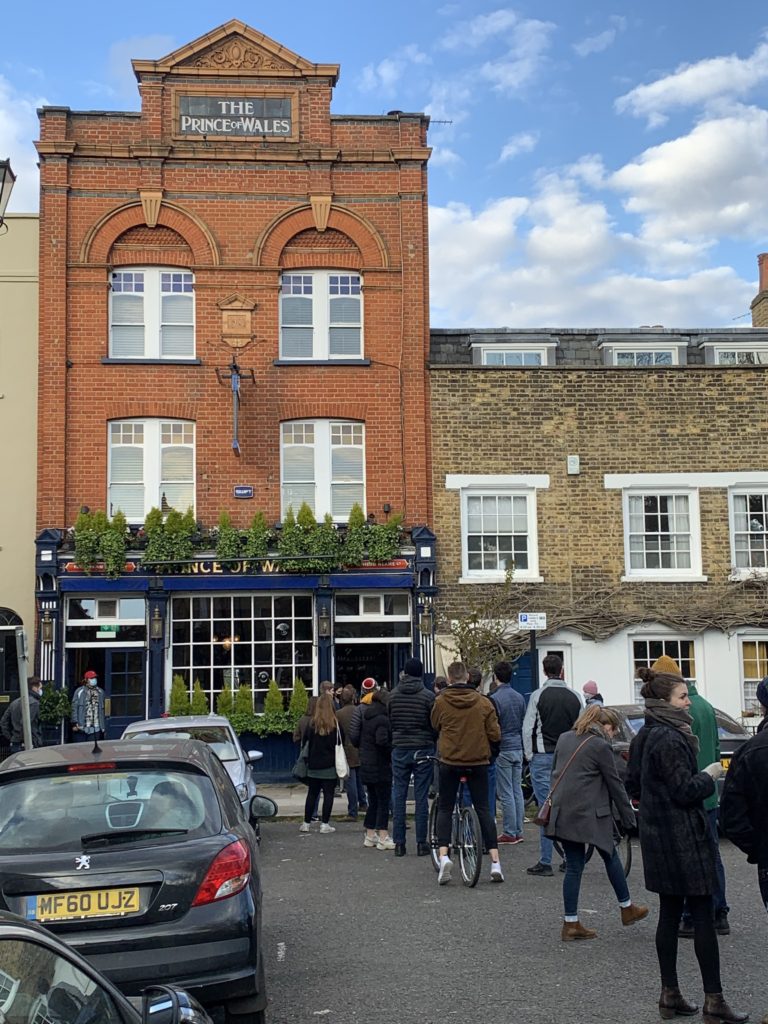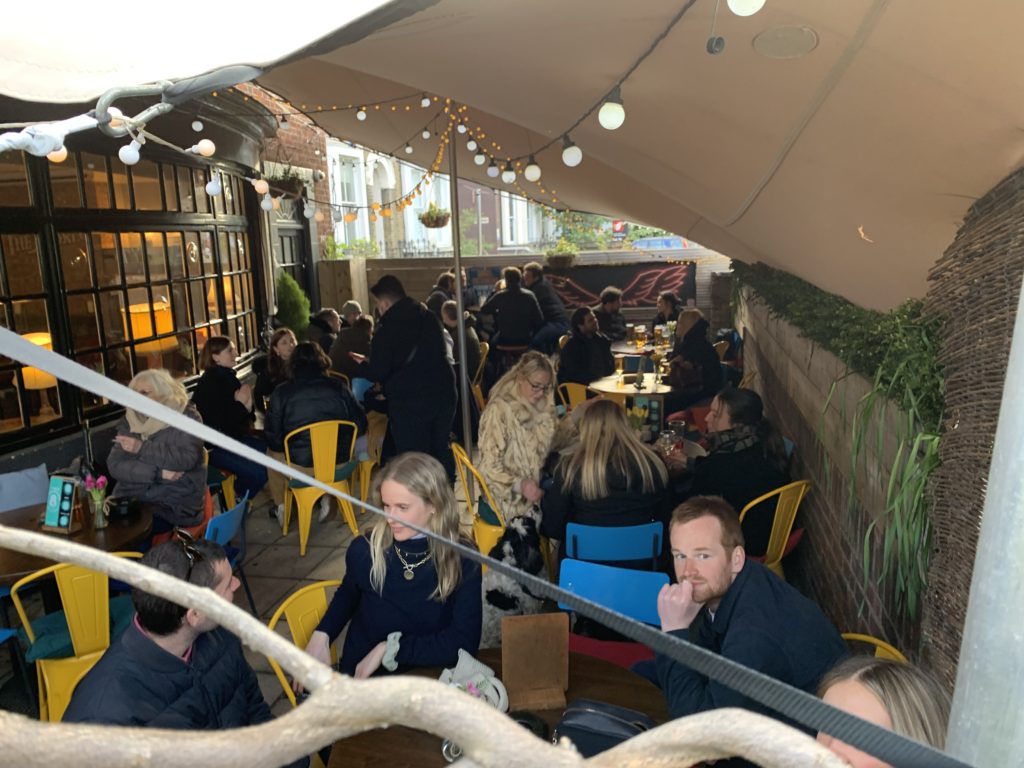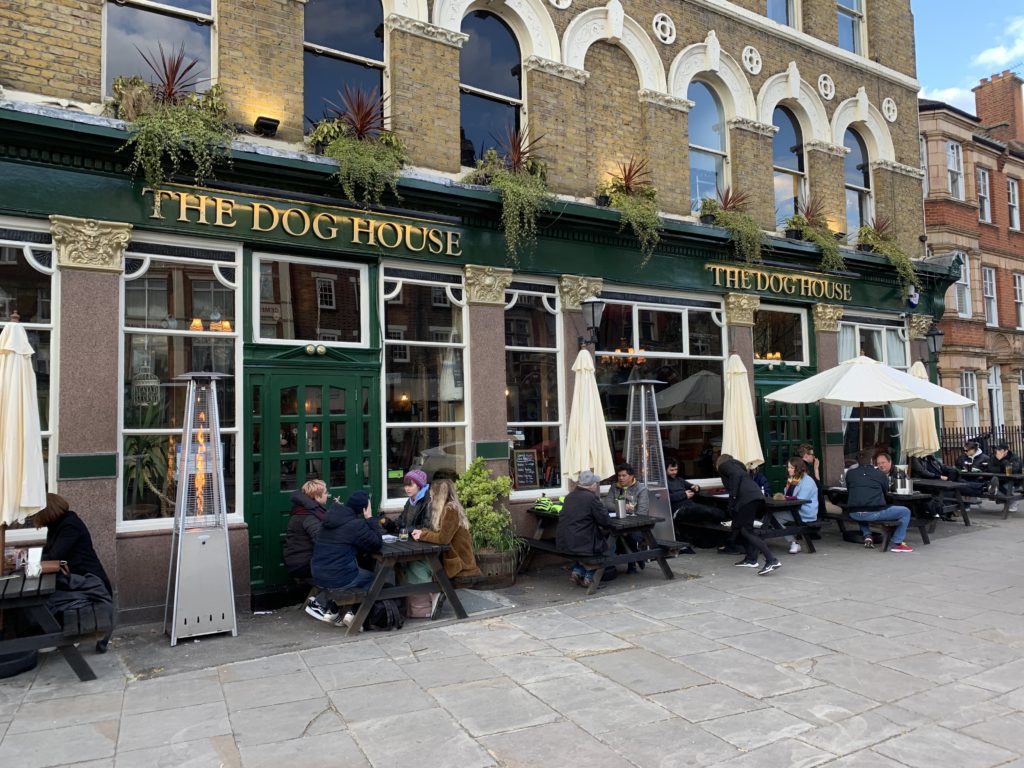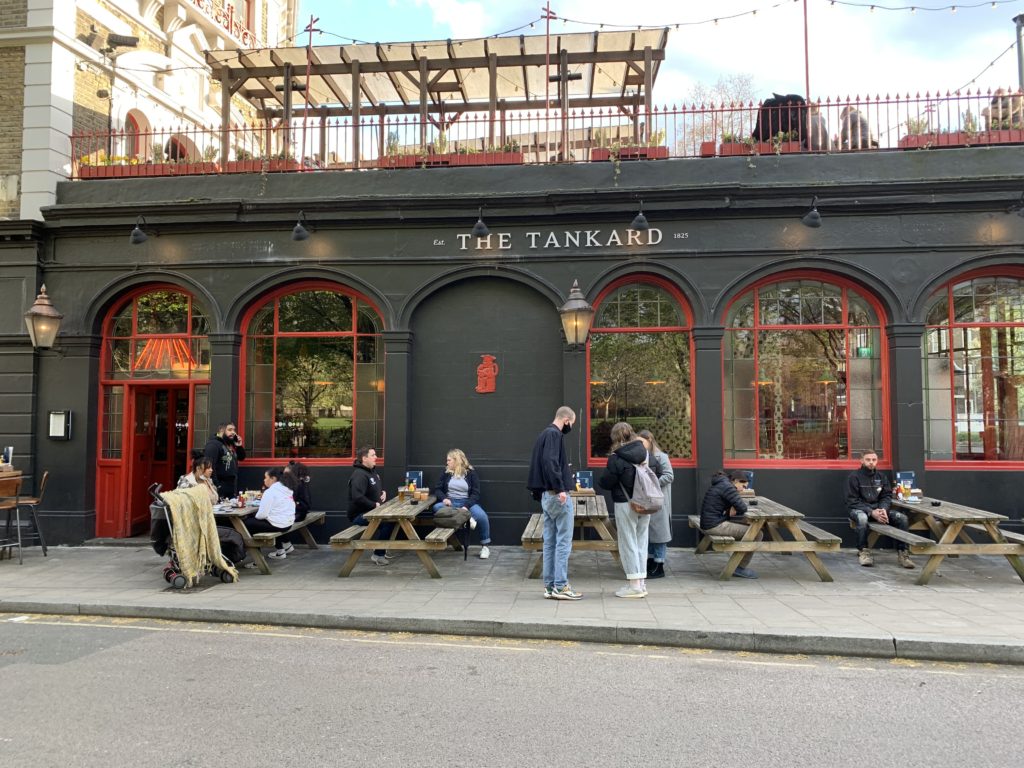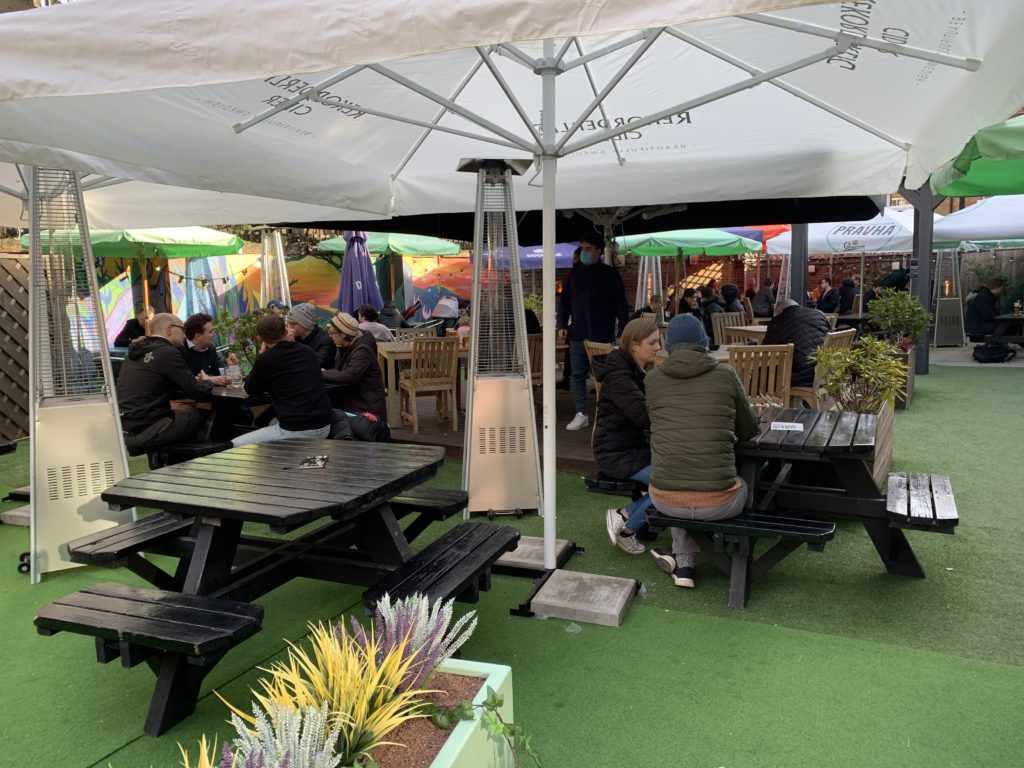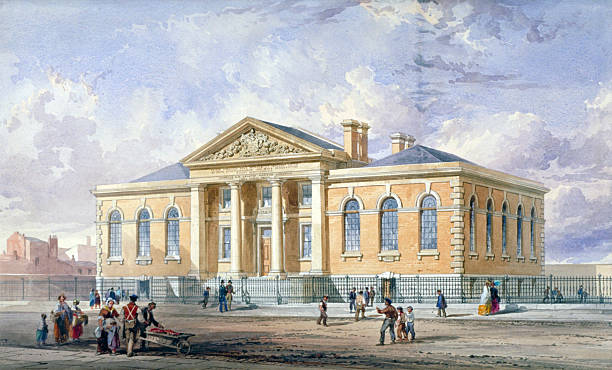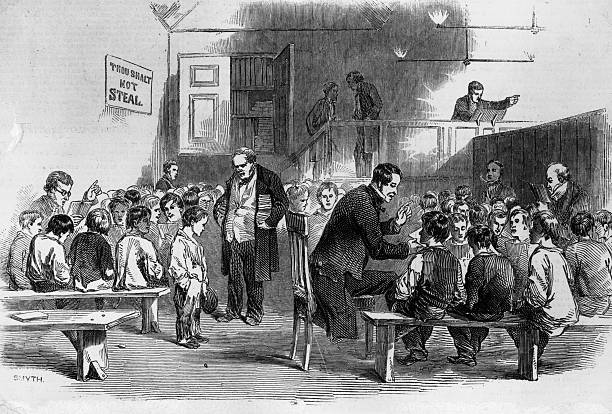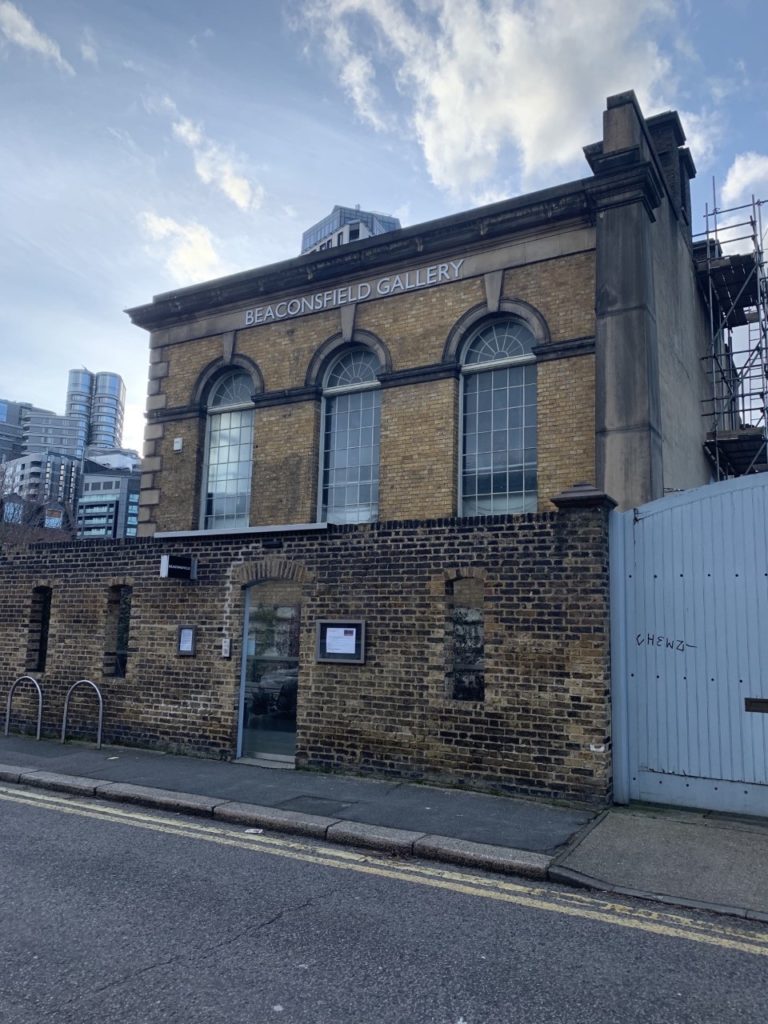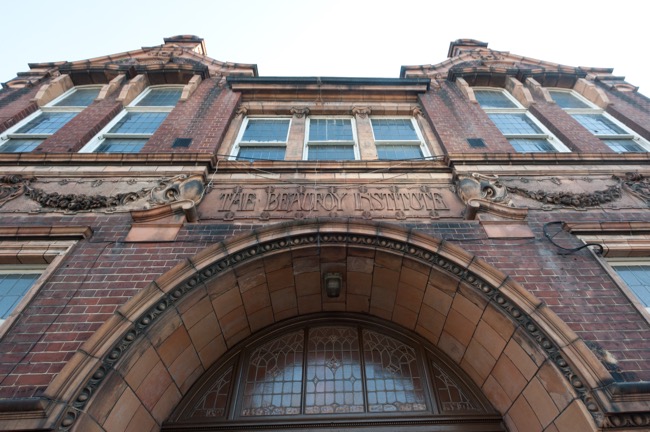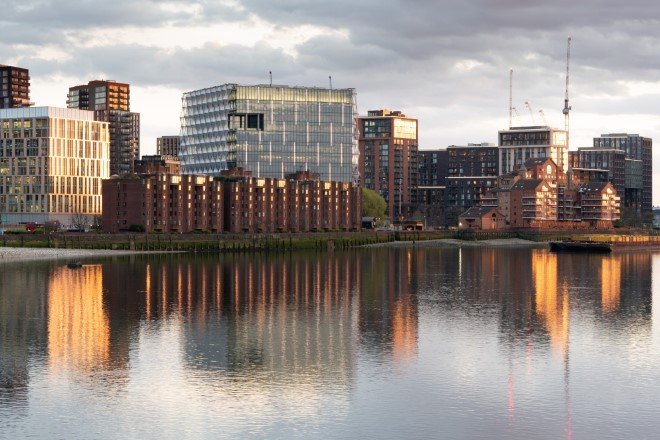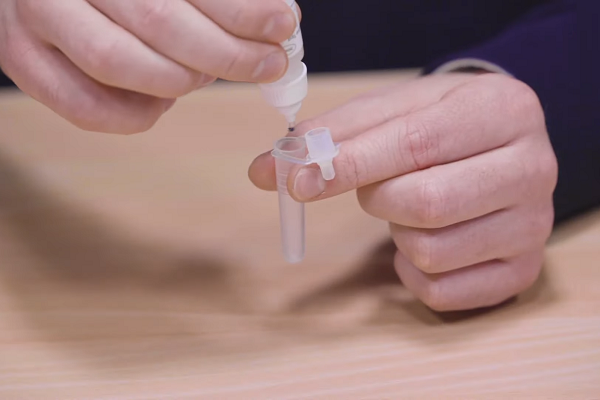Frequent Runoff readers will be aware that over the past two years we’ve taken a keen interest in the development at Oval Village, or as we call it ‘UpTown KenVo’. On our visits we’ve challenged an architect who was exhibiting the buildings by use of wooden blocks to a game of Jenga, and during an illustration of how the flats will look inside the remaining gasholder we asked another architect if their design aesthetic was to give residents a taste of life behind bars.
Last week we had a tour of the Oval Village site and please see the highly professional video below. This involved a lateral flow test, hazmat suit and the indignity of donning what appeared to be Ugg boots from 2010. Our primary objective was to ascertain when the new Tesco would be open and whether it will have a cheese counter the fate of the two Victorian gas holders and how much noise will be created as the site is levelled. We need to accept that Oval Village will soon be a part of our cherished terrain, but hopefully it can be improved with a bit of your helpful feedback.
Our tour was conducted by the community engagement officer and the project director. They explained that the two smaller gas holders (circa1873) will be removed over the next few weeks and the wrought iron will be recycled. The beautiful Phoenix seals will be removed and preserved in some fashion. The officer would not be drawn on where or how this would happen, however. The tanks are full of millions of gallons of sludge and they will be sucked out and removed. And in case you’re not aware, the gasholder that will remain is the largest one that overlooks the cricket ground. It is now listed and will have flats built inside of it. Hence our comment about life behind bars.
When you enter the site the first thing you notice is just have massive it is. It’s also raised several metres higher than the land around it and the project manager explained that the elevation was created in order to accommodate the gas tanks. Over the next few years this soil will be incrementally removed and taken away via Montford Place and then up Kennington Lane to the river. This will take place in the daytime, apparently. And for those of you wondering about the height of the buildings, the tallest will be 17 floors. The building underway now, Phoenix Court, is not quite topped out (check us out with the lingo) but will be in a few months. We were assured that the buildings will have a community feel and the space between Kennington Lane and The Oval will be open to the public.
If you want any more information the community engagement officer Richard Daley at richard.caley@berkeleygroup.co.uk or project director Graham Cook at community@berkeleygroup.co.uk
And for those of who still have the yearning question of ‘when will be new Tesco be open’, the answer is 12 AUGUST! The site manager would not be drawn about the possibility of a cheese counter, however. Enjoy our nifty video below.


